- Home
- About Us
- Products
-
Heat-Pump Dehumidifier DeAir
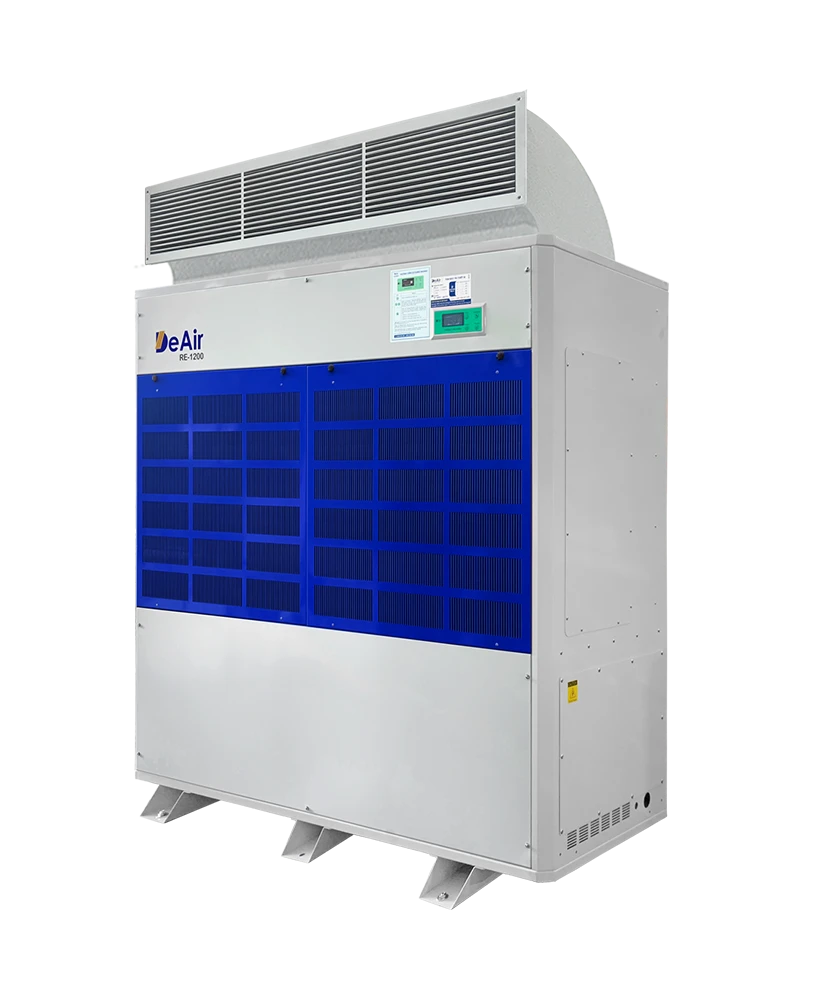 DeAir.RE
DeAir.RE -
Heat-Pump Dryer DeAir.RE-H
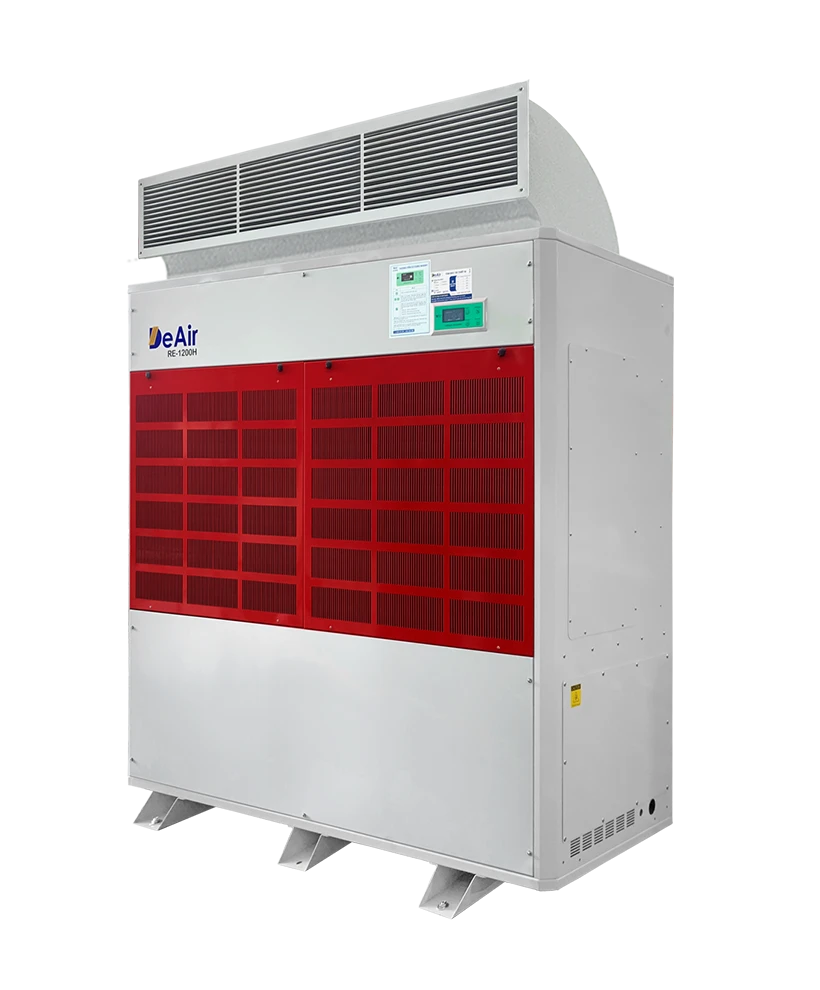 DeAir.RE-H
DeAir.RE-H -
Heat-Pump Stainless Steel Dehumidifier
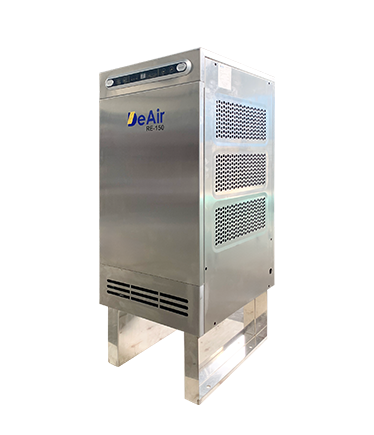 DeAir.RE-INOX
DeAir.RE-INOX -
Heat-Pump Isothermal Dehumidifier DeAir.CRE
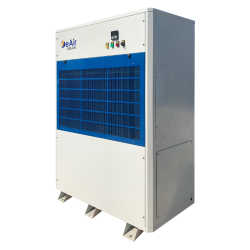 DeAir.CRE
DeAir.CRE -
Dezenno Dehumidifier
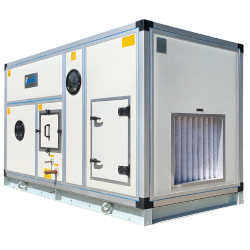 Dezenno
Dezenno -
Heat-Pump Ceiling Mounted Dehumidifier DeAir
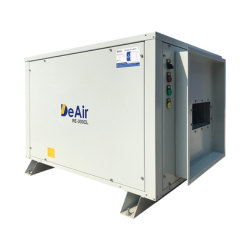 DeAir.RE-CL
DeAir.RE-CL -
Dehumidifier Olmas
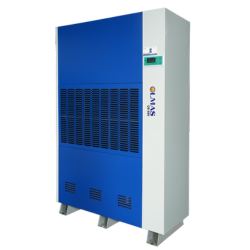 Olmas-OS
Olmas-OS -
Industrial Humidifier DeAir
 DeAir.HM
DeAir.HM -
Heat-Pump Dryer Daxwell
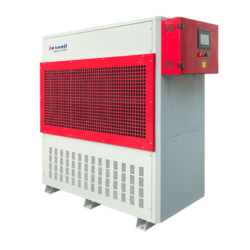 Daxwell
Daxwell -
Electric Duct Heater DeAir
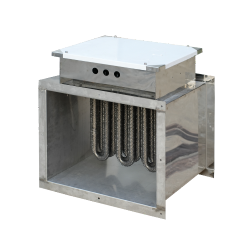 DeAir.Heat
DeAir.Heat -
Air Handling Unit Dezenno.MAX
 AHU
AHU
-
- Services
- Projects
- Warranty – Maintenance
- News
- Contact
Learn About AHU (Air Handling Unit): Structure, Operation & Applications
22/04/2025
What is AHU? Structure, Operating Principle and Application in HVAC System - Introducing AHU Dezenno Max from DeAir
AHU (Air Handling Unit) plays an indispensable role in the HVAC (Heating, Ventilation, and Air Conditioning) system of modern buildings. Considered the "brain" of the air handling system, AHU undertakes important functions such as heat exchange, heat and humidity treatment and creating cleanliness for the air before supplying it to different areas in the building. This article will provide an in-depth look at the structure, operating principles, and diverse applications of AHU, and introduce the high-quality AHU Dezenno Max product line manufactured by DeAir Joint Stock Company.
1. What is AHU? Definition and Role
AHU (Air Handling Unit) is a central air handling device in the HVAC system. As the name suggests, AHU performs the following air treatment processes:
- Dust and pollutant filtration.
- Heating.
- Cooling.
- Dehumidification.
- Humidification.
After the treatment process, Air that meets the standards of temperature, humidity and cleanliness is distributed to the spaces used through the duct system. AHU is a core part of the HVAC system, widely used in factories, commercial buildings, hospitals, hotels and many other projects. Even in clean room systems, AHU plays a key role in maintaining a sterile environment and controlling air quality.

2. Detailed Structure of an AHU System
A typical AHU system is assembled from many different modules, with the following basic components:
- Casing: Usually made from aluminum profiles and insulation panels, helping to protect internal components and minimize heat loss. The rounded design helps prevent dust accumulation.
- Fan: Usually a centrifugal fan, responsible for creating momentum and circulating air through the AHU and duct system. Supply fans deliver treated air to areas, return fans draw used air back to the AHU, and there may be exhaust fans to exhaust air outside. For cleanrooms, fans need to be able to withstand high static pressure (up to 1000Pa).
- Air Filter: This is an important component to ensure air quality. The filtration system usually includes many levels:
- Pre-filter: Removes large dust particles initially.
- Bag filter or fine filter: Removes smaller dust particles.
- HEPA (High-Efficiency Particulate Air) filter: For environments requiring high cleanliness such as clean rooms, capable of removing ultra-fine dust particles and microorganisms.
- Heat exchanger (Heat Exchanger Coil): Performs the process of heating or cooling the air. There are two common types of heat exchangers:
- Cooling Coil: Uses cold water (from Chiller) or direct refrigerant gas (DX Coil) to cool the air.
- Heating Coil: Uses hot water (from Boiler) or resistance to heat the air.
- Humidifier: Adds moisture to the air when needed. There are many methods of humidification such as misting, moisture-absorbing pads, and water vaporization.
- Dehumidifier: Removes excess moisture in the air. The operating principle can be based on condensing cooling or using a desiccant.
- Mixing Chamber: Where fresh air (taken from outside) and return air (from the used space) are mixed to adjust quality and save energy. Usually there are damper valves to control the ratio of fresh air and return air.
- Vibration Isolator & Sound Attenuator: Reduces vibration and noise caused by the fan and air flow.
- Control System: Includes temperature, humidity, pressure sensors, control valves (e.g. three-way actuator to control cold/hot water flow) and central controller. The control system helps the AHU operate stably and meet the requirements of temperature and humidity.
- Electric Heater: Can be used for dehumidification or additional heating.
- Pre-cooling Dehumidifier: Pre-cools and dehumidifies the air before it enters the main evaporator.
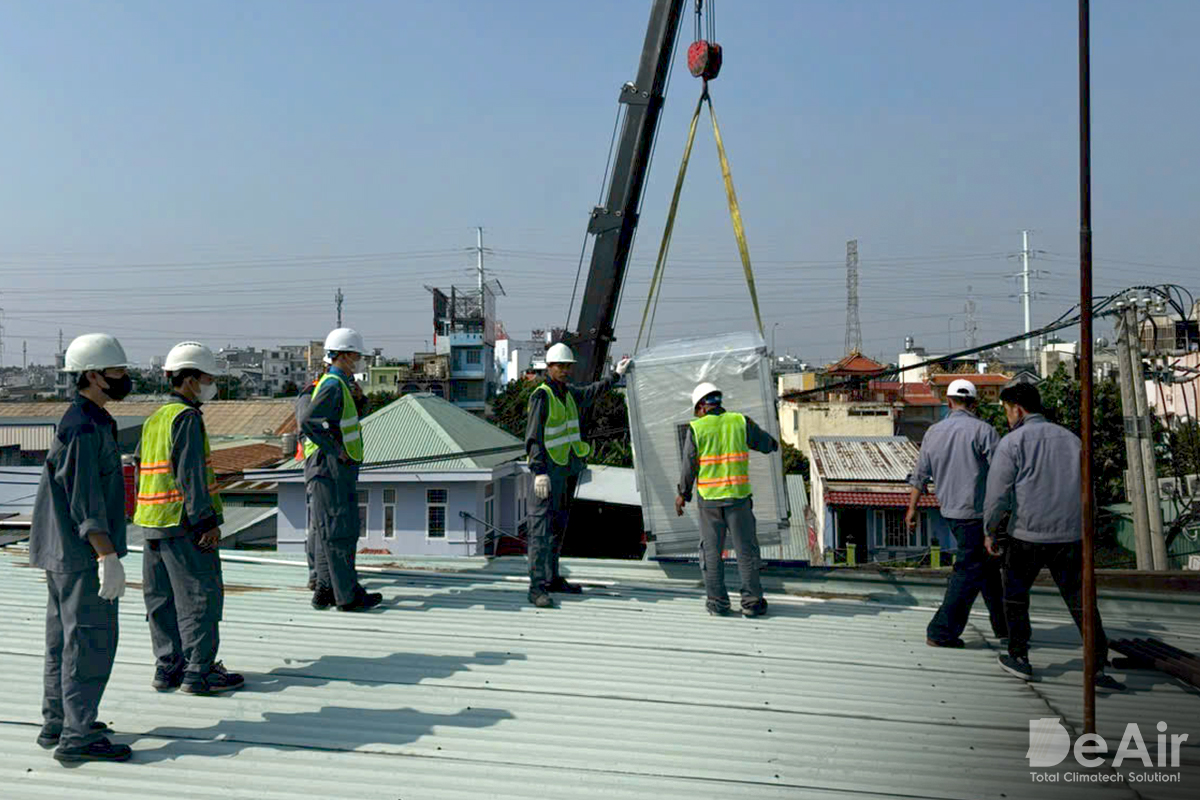
3. Principle of Operation of AHU System
The basic operating principle of AHU is as follows:
- Fresh air from outside is brought into AHU and mixed with return air from the space used in the mixing chamber. The ratio of fresh air and return air is adjusted by dampers.
- The air mixture passes through the pre-filter (rough filter and bag filter) to remove initial dirt. For environments with high cleanliness requirements, the air will continue to be filtered through the HEPA filter.
- The filtered air will pass through the heat exchanger (cold or hot) depending on the temperature adjustment requirements. The three-way valve controls the flow of cold/hot water through the heat exchanger to achieve the desired temperature. The fan speed can also be adjusted to control the outlet air temperature.
- Next, the air can pass through a humidifier or dehumidifier if humidity adjustment is required.
- Finally, the treated air will be blown by the supply fan through the duct system to the areas that need air conditioning.
- Return air from the areas of use will be drawn back to the AHU by the return fan to mix with fresh air, or a portion of the return air can be discharged outside.
It should be noted that, the systems AHU systems are often used to pre-treat air flows. To control humidity more accurately in each specific area, people often combine the use of additional devices such as FCU (Fan Coil Unit).
4. Common Types of AHU
AHUs are classified based on many different criteria:
- According to the cooling method:
- Water AHU (Water AHU): Uses cold water from the Chiller to cool the air through the heat exchanger. Three-way valve controls the flow of cold water.
- Direct Expansion AHU (DX AHU): Uses refrigerant gas to exchange heat directly with the air through the DX condenser.
- According to the structure and installation location:
- Horizontal AHU (Horizontal AHU): Suitable for large horizontal spaces.
- Vertical AHU (Vertical AHU): Compact design for limited space floor area.
- Packaged AHU: Integrates all components in a single housing, easy to install for small and medium applications. Usually installed outdoors, onRooftop Unit (RTU).
- Modular AHU: Made from many separate modules, flexible in design and installation for large projects.
- By application:
- Clean Room AHU: Specially designed for clean rooms with many high-performance filter levels (including HEPA filter), dust-free materials and easy to clean.
- Hygiene AHU: For applications requiring high hygiene such as hospitals, laboratory.
- Comfort AHU: For common applications such as offices, shopping malls.
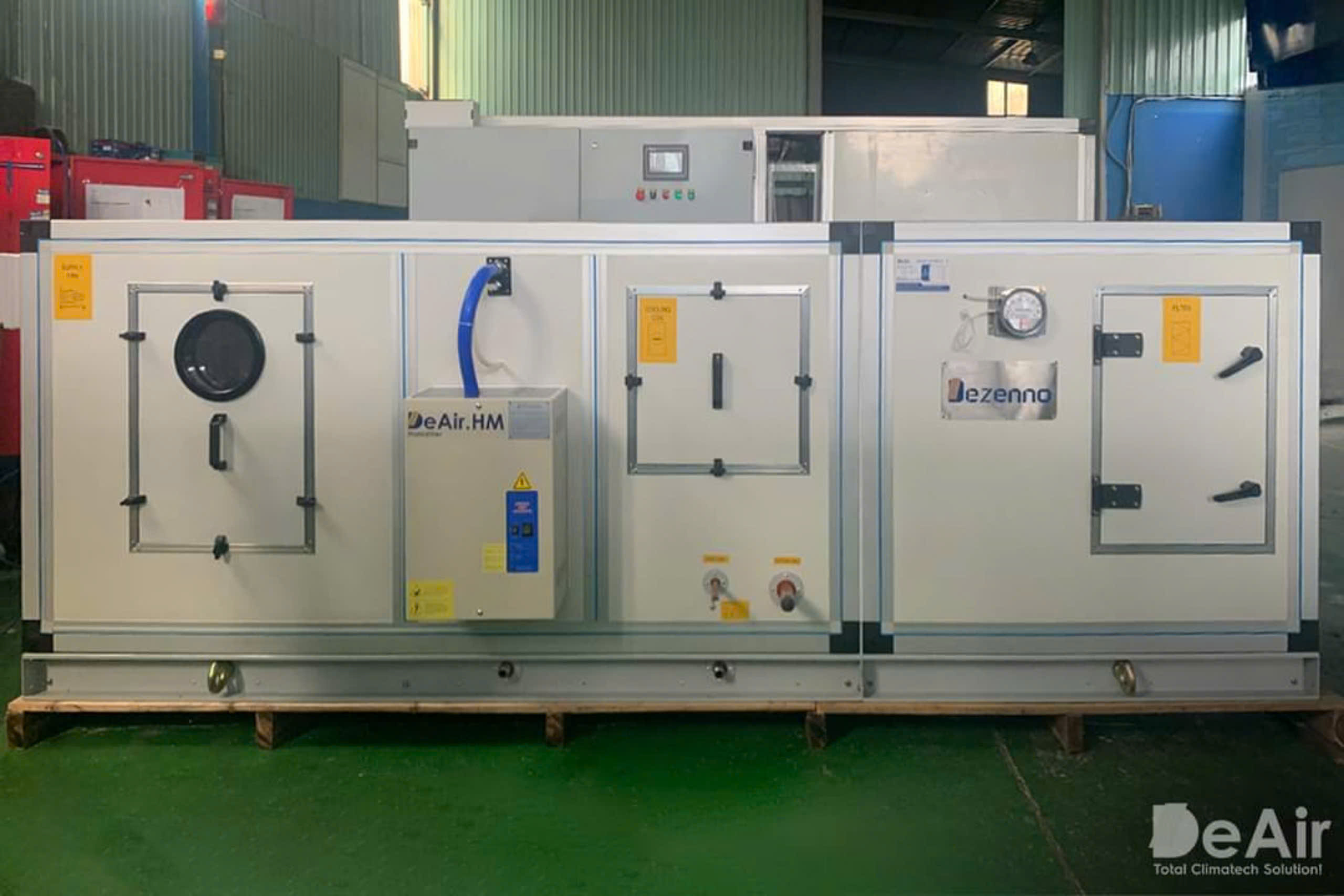
5. Wide Application of AHU in Practice
AHU is applied in many different fields:
- High-rise buildings, shopping malls, hotels: Providing central air conditioning systems, ensuring a comfortable environment for users.
- Industrial factories, workshops: Controlling temperature, humidity and cleanliness, ensuring product quality and stable operation of equipment.
- Cleanrooms: Especially important in the pharmaceutical, food, and electrical industries medical (operating rooms, laboratories), where sterile air environments and strict control of dust particles are required.
- Hospitals, laboratories: Ensure clean air and control environmental factors to serve the treatment and research process.
- Offices, schools: Improve air quality and create a better working and learning environment.
- High-end living facilities, theaters: Provide large-capacity air conditioning systems to ensure comfort standards.
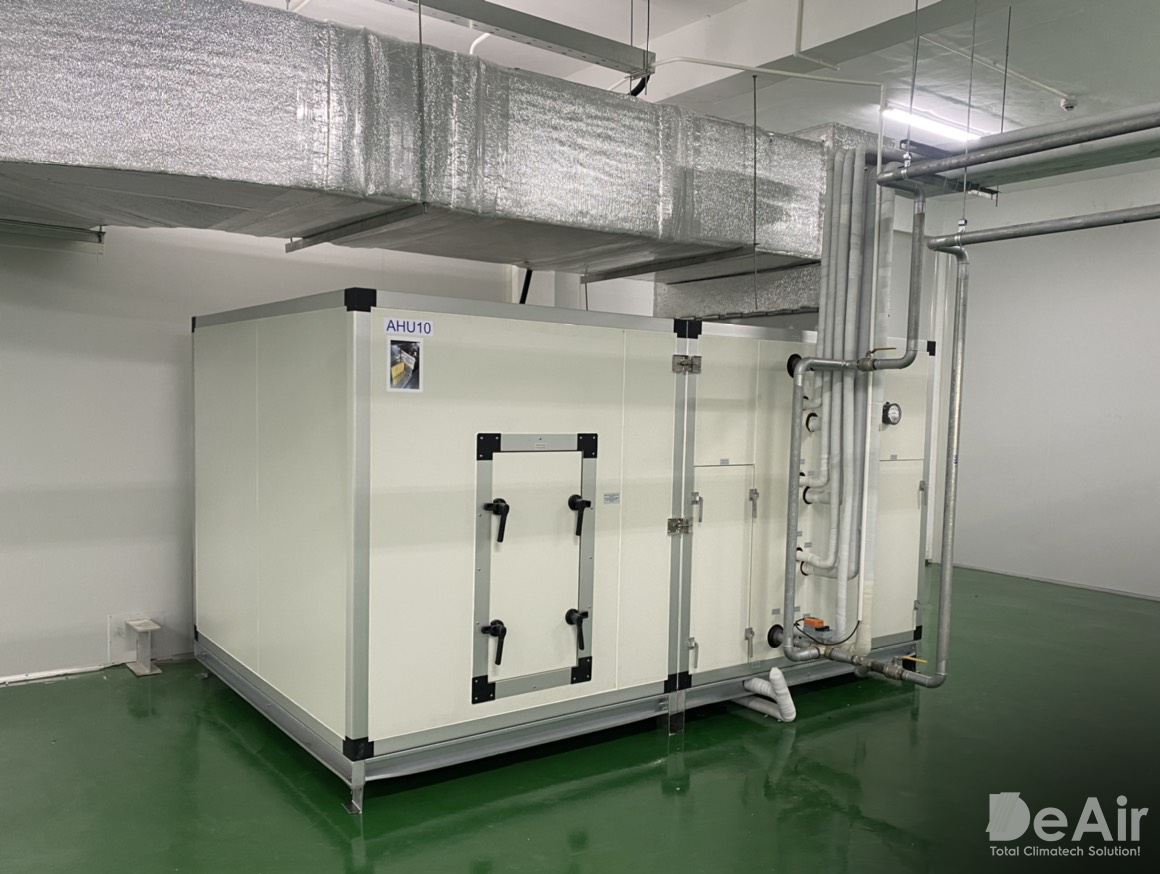
6. Important Technical Parameters When Choosing AHU
Choosing the right AHU is a key factor in ensuring the efficiency and energy savings of the HVAC system. Design engineers need to understand the following technical parameters:
- Total cooling/heating capacity (Total Capacity): Unit kW.
- Sensible cooling capacity (Sensible Capacity): Unit kW.
- Supply Air Volume (Supply Air Volume): Unit l/s or m³/h.
- Entering Air Temperature (DB/WB): Unit °C (dry temperature/wet temperature).
- Leaving Air Temperature (DB/WB): Unit °C.
- Fresh Air Volume (Fresh Air Volume): Unit l/s or m³/h.
- Fresh Air Temperature (DB/WB): Unit °C.
- External static pressure (External Static Pressure): Unit Pa.
- Cooling/Heating Water Flow: Unit l/s.
- Cold/hot water temperature in/out of the system (On-Off Coil Water Temp): Unit °C.
- Main Filter Type: Panel/Bag/Hepa Filter.
- Supply Fan Power: Unit kW.
In addition, the factors Such as size, weight, construction materials, noise level and controllability also need to be carefully considered.Choosing a quality air filter that is suitable for the design capacity has an important impact on the quality of clean air supplied to the room.
7. Introducing AHU Dezenno Max - Superior Air Treatment Solution from DeAir
DeAir Joint Stock Company is a reputable unit in Vietnam specializing in manufacturing and supplying HVAC equipment, including AHU air treatment systems. With dedication and continuous improvement, DeAir brings effective, energy-saving air and humidity treatment solutions.
In particular, the AHU Dezenno Max product line is specially developed by DeAir, aiming at the optimal air treatment solution for both commercial and manufacturing spaces. AHU Dezenno Max possesses many outstanding advantages, meeting the strict requirements of the engineering industry:
- High air handling efficiency: Ensures the supply of clean air, stable in temperature and humidity for different applications.
- Energy saving: Applying advanced technologies such as inverter (VSD - Variable Speed Drive) to adjust fan speed and heat recovery unit (Heat Recovery) (optional), helping to minimize operating costs.
- Smooth operation: Optimized design of air flow and use of damping and sound-absorbing materials, ensuring a working environment and quiet living.
- High durability and long life: Using high-quality, anti-corrosion materials, ensuring stable and durable operation for a long time.
- Modular design: Easy to install, maintain and upgrade, flexibly meeting different project requirements.
- High flexibility: Can customize capacity, function and size to suit each specific application.
- Smart control: Integrating advanced control systems, capable of connecting to the building management system BMS (Building Management System) via standard protocols.
- Advantages of manufacturing in Vietnam: DeAir is proactive in product customization, providing quick technical support and dedicated after-sales service.
- 24/7 technical support and periodic maintenance service: DeAir is committed to accompanying customers throughout the usage process.
With its outstanding advantages, AHU Dezenno Max from DeAir is a reliable choice for engineers and contractors looking for efficient and energy-saving air treatment solutions for projects in Vietnam.
8. Basic AHU Usage and Maintenance Instructions
To ensure stable operation of AHU and prolong its life, proper use and maintenance are very important. Here are some basic instructions:
- Periodically check the basic parameters: Air supply temperature, air velocity, air pressure, power source.
- Regularly clean the equipment: Especially the air filters. Turn off the system before cleaning to ensure safety.
- Check the internal components: Fan belt, blades fan, bearing, ball bearing.
- Clean the cooling system: Use high pressure water (carefully) and dry after cleaning.
- Check and restart the system: Make sure all parts have been maintained before starting.
- Monitor stability: After maintenance and restart.
When encountering unusual problems, you should contact the supplier for timely support, avoid arbitrarily operating and causing more serious damage.
9. Common AHU Problems
During use, AHU may encounter some problems such as:
- The system does not run even though it is plugged in.
- The system makes a loud noise.
- The performance is not guaranteed.
- No control signal received.
- Low gas (for DX AHU).
- Error indicator light appears.
Regular maintenance and regular inspection will help detect and handle problems early, ensuring stable system operation.
Conclusion
AHU is an important and indispensable component in modern HVAC systems, playing a decisive role in ensuring air quality, temperature and humidity for buildings. Understanding the structure, operating principles and factors for selecting AHU is essential for HVAC engineers and contractors. With outstanding advantages in performance, energy saving and durability, AHU Dezenno Max manufactured by DeAir Joint Stock Company promises to be an efficient and reliable air handling solution for many different applications in Vietnam.
See more:
Air Handling Units Explained - The Engineering Mindset

Sign up for news from DeAir
Related news






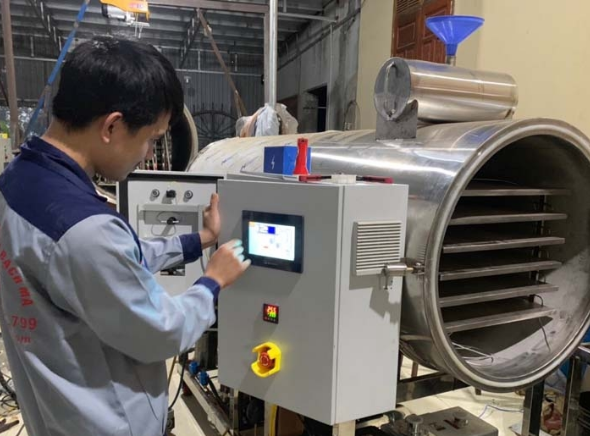



![[Case Study] DeAir Installs DeAir.De Rotor Humidity Control System for Pharmaceutical Plant in Binh Duong [Case Study] DeAir Installs DeAir.De Rotor Humidity Control System for Pharmaceutical Plant in Binh Duong](https://deair.com.vn/thumbs/news/2023_04/ban_giao_may_cho_duoc_bd/[270x153-cr]image1-1024x772.jpg__cv.webp)

![[Review & Guide] Olmas OS-300: The New Humidity Control "Warrior" for Medium to Large Warehouses [Review & Guide] Olmas OS-300: The New Humidity Control "Warrior" for Medium to Large Warehouses](https://deair.com.vn/thumbs/news/huong_dan_su_dung_may_olmas_21/[270x153-cr]vtm06440.png)